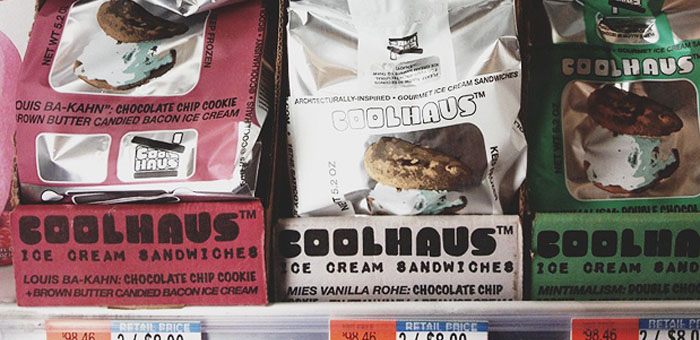Your customers say you have the best barbecue sauce they have ever had. Is it ready to take your food product to market and compete those on store shelves?
Most consultants will suggest that you need to do a competitive analysis of what is already out there and how your product is different. The biggest issue you may run into is that you think your product is different because it tastes better. But you need to drill it down to the message.
That being said, niche products can mean expansion for your food truck business. According to the National Association for the Specialty Food Trade, in 2012 specialty food accounted for nearly $86 billion in sales; a jump of 22% from 2010.
If this is something you want to investigate further, you probably have a lot of questions about how to take your food truck’s food product to market. While many of the same steps to inventing apply, food products have special criteria.
Taking Your Food Truck Food Product To Market
Time to grow
The size of your food truck or commercial kitchen is rather small by design. Taking a food product to market and scaling it for retail sale will require a larger facility. You can do this by building your own facility and purchasing equipment (most risky and expensive); by renting an existing facility; or by outsourcing production to an existing food manufacturer, called co-packing.
Your food product isn’t just a business, it’s also a science. And while a degree in food science is probably unfeasible for most food truck owners, consulting experts with this knowledge is essential.
Be aware of the technical issues
Look for books, magazines, or courses to begin your education in food science. Your local university’s food science department may also be a place to turn. These are some of the issues to look into.
- Shelf life. Unlike the quick turnaround food truck ingredients are used, ensuring your product has an adequate shelf life is key in taking a food product to market. This will assure that consumers won’t buy spoiled food which is a guarantee they’ll never buy it again. In addition, grocers that carry your product may require your product to have a certain shelf life before carrying it. This means you’ll also need to learn about adding preservatives to your food, which can be accomplished through laboratory testing; something you probably never thought about in your food truck kitchen.
- Food development. Your local farmer’s market may be ideal for purchasing the quantities of ingredients you require now, but manufacturing on a larger scale means finding new sources of ingredients. And as you use different ingredients and different methods of processing those ingredients, you may need to modify your original recipe. Again, a food scientist or consultant may help you determine how to mass-produce your food product without compromising the taste or quality.
- Safety. Just like the customers at your truck expect that all the food products they buy are safe they will expect the same from your products in the store. Companies can and have gone out of business, and people have become seriously ill—after product batches were found to contain pathogens. As an culinary entrepreneur you will need to follow local, state, and federal regulations before launching your product.
These regulations address the ingredients you use, your production facilities and even your product labeling, to protect consumers. In addition, you need heavy liability insurance for your own protection. If someone else is doing your manufacturing, they may require that you have liability insurance as well.
Get it out there
Producing food product that’s safe, delicious, and attractive to consumers is only half the battle. Getting it on store shelves is a challenge in itself. Unfortunately, you can’t walk into your local chain supermarket store and ask the manager to carry your product. You must instead approach a grocery chain’s corporate buyer.
For this reason, you may wish to hire a food broker to represent you. Food brokers can advise you on Food and Drug Administration requirements. They’ll also know about local health and packaging requirements, and even marketing and packaging design. As with everything, be sure you check their references.
There are few other points you need to be aware of when it comes to distributing your product, including “slotting fees”—sometimes up to $25,000, depending on the chain—to get your product on a supermarket’s shelves. The retailers that carry your product may also charge a promotional and advertising allowance, or even “failure fees” if your product doesn’t have the sales volume you projected. So even if your product is accepted by these stores, there may still be some financial risk attached.
Packaging and marketing is key
Not only do you need to follow legal guidelines for your packaging, but you must also ensure it’s attractive and eye-catching to consumers. You may wish to seek out a design firm with experience in food packaging. Also start looking for a manufacturer who actually produces the food-safe box, plastic container, can or bottle that houses your product.
It also helps create demand for your product before potential consumers even enter the supermarket. This can be accomplished through PR efforts on a local or national basis-ads, product placements in newspapers, magazines, or websites, and free sample giveaways at large events are just a few of the ways you can promote your product.
RELATED: Packaging Trends For Food Truck Vendors
The Bottom Line
The specialty food market is a great way to expand your food truck empire. Just remember that it is not easy, nor are you guaranteed success, even if everyone in your market tells you they love your truck’s barbecue sauce.
Have you taken a food truck food product to market? We’d love to hear any additional advice you may have. Share your thoughts on this topic on social media. Facebook | Twitter




